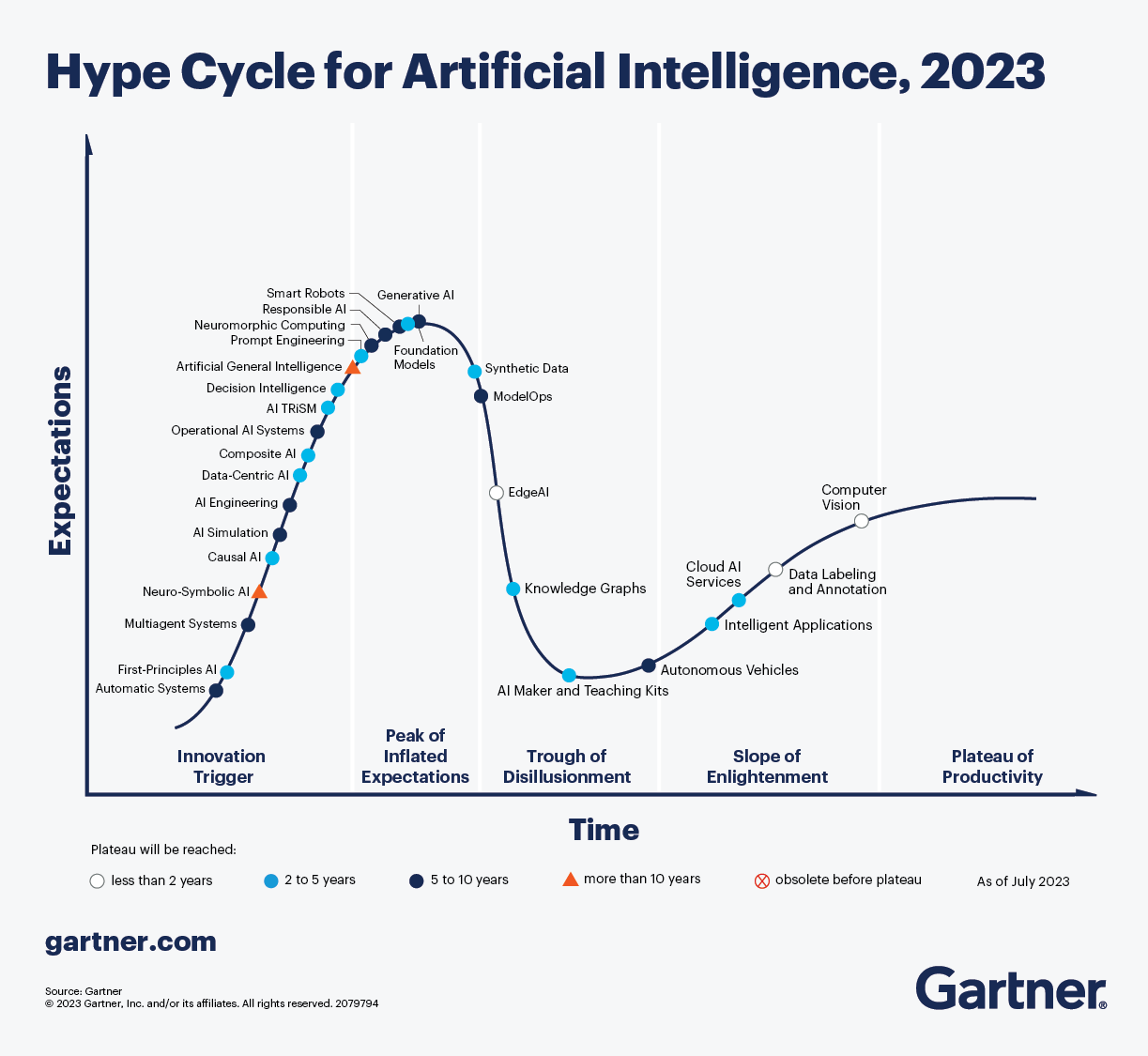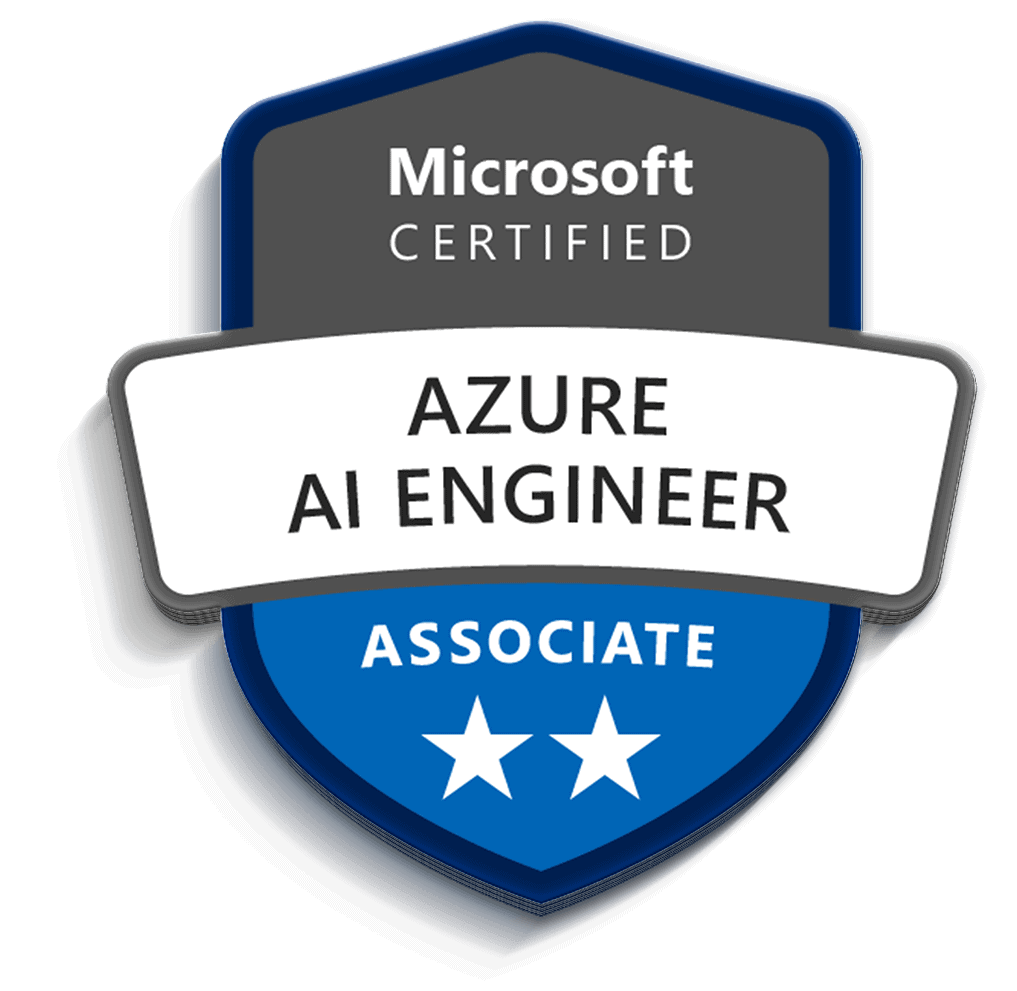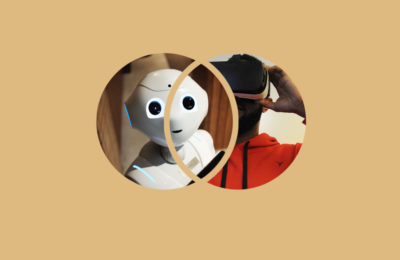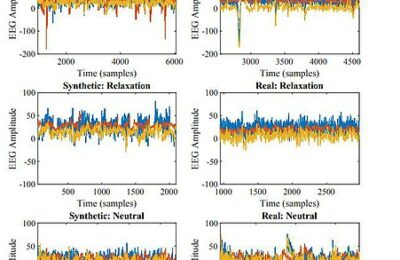I have had the privilege of taking all Data Science/AI/ML related certifications from Microsoft. Be it AI-900 Azure AI Fundamentals or DP-100 Azure Data Scientist associate and the latest one in my bucket i.e. AI-102 Azure AI Engineer Associate. Now, why is this important?
As Mustafa Suleyman, CEO of Microsoft AI, says in his book, The Coming Wave, AI is the new wave (or Tsunami?) of technology that will alter the society, like fire or wheel. The way semiconductors transformed the world. It is a new way of computing, evolving from Memory+CPU to Memory+CPU+Intelligence. Take, for instance, windows copilot. Although it is yet to mature, it adds some element of Intelligence to your system. Or say, Copilot+PCs with its neural processing units will alter the way we process and generate information.
The emergence of Generative AI
While there is substance, there is hype too. While foundational models will keep getting more powerful building applications around them will get more critical by the day. Here is where the skill of AI Engineering will play a critical role. No wonder it’s rapidly rising in Gartner’s hype cycle.

Classical AI matters
There is a narrative in some quarters that Discriminative AI/Classical AI is dead. It’s all about Generative AI. However that’s far from truth. Even now, a majority of AI is classical in nature. Moreover, Generative AI is complemented by a variety of tasks, including retrieval tools like information retrieval systems, content moderation tools, etc. Case in point being Retrieval Augmented Generation. For RAG to be implemented, a vector database is needed to store embeddings. Furthermore, embedding models are basically neural networks which is basically Discriminative AI that maps words to vectors.
Another aspect where Classical AI/Discriminative AI matters is content moderation. With Responsible AI practices taking precedence all over (and rightly so), it is important that Large Language Models are protected against harmful content both at the input or output. This is where simple classification models can come in handy, with can act as filters or moderators.
Coming to Azure AI, it has a host of pre-built models for achieving many complementary tasks to Generative AI. Examples include sentiment analysis, key phrase extraction and text classification, etc. On the other hand, we have Azure AI search which is a candidate for vector database.
Lastly, as aforementioned, independent of the Generative AI, Discriminative AI or Classical AI has its own place. Why use Large Language Models with their challenges like hallucination and cost, when a simple model may do something like sentiment analysis.
Where does AI-102 come in?
AI-102 has a perfect balance of all the above. It starts with operational aspects of Azure AI services like provisioning resources, security, monitoring, containerization, etc. It then moves to various services like Computer Vision, Natural Language Processing, Document Intelligence and AI Search, etc. ending with Open AI. We won’t go into the details of every module since it is covered extensively in many places, including the Microsoft’s official documentation.
Nonetheless, this exam was a great learning experience in all the above aspects. It beautifully transitions from classical Natural Language Processing to Open AI. From Conversational Language Understanding to RAG.




